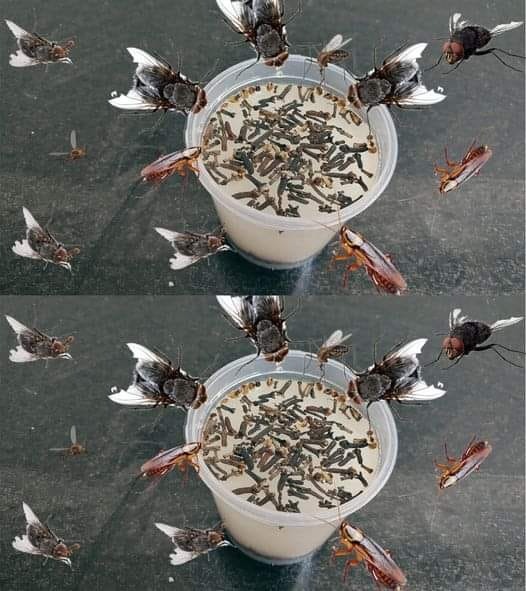The Candling Test
This method involves using a light source to check the egg’s contents:
- Dark Room and Bright Light: In a dark room, hold the egg up to a bright light or flashlight.
- Observe the Inside: Fresh eggs will show a small air cell, while older eggs will have a larger air cell and more visible movement inside.
Why It Works:
This method, traditionally used by farmers, highlights the air cell’s size and the egg’s internal consistency, both of which change as the egg ages.
The Crack and Inspect Test
This method involves cracking the egg and examining its contents:
- Crack the Egg Open: Crack the egg onto a flat surface, such as a plate.
- Examine the Egg White and Yolk:
- Fresh Egg: The yolk will be firm and round, and the egg white will be thick and stay close to the yolk.
- Older Egg: The yolk may be flatter and more spread out, and the egg white will be thinner and spread further.
The Date Test
Egg cartons often come with a sell-by or expiration date:
- Check the Date: If the eggs are within the date range, they are more likely to be fresh.
- Buffer Zone: Eggs are usually good for several weeks past the sell-by date if properly refrigerated.
Conclusion
Ensuring the freshness of eggs is essential for both culinary success and safety. The float test, sniff test, shake test, candling test, crack and inspect test, and checking the date are all effective methods to determine if an egg is fresh or spoiled. By using these simple techniques, you can confidently enjoy your eggs without worrying about their freshness.






